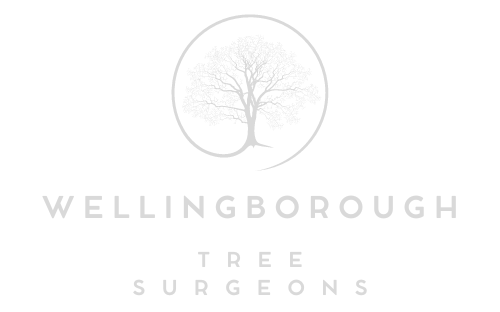Tree Crown Reduction: Establishing Clear Objectives for Pruning
Introduction: Tree crown reduction is a precise pruning technique to reduce a tree’s canopy’s size and overall tree style. Whether you’re reinforcing aesthetics, managing tree height, or improving light penetration, establishing clear objectives is crucial for achieving successful outcomes. Here, set clear objectives when planning tree crown reduction:
- Assess Tree Health and Structure
Before outlining objectives, assess the tree’s health and structure. Look for signs of disease, deadwood, or structural issues affecting its growth and stability. Healthy trees respond better to pruning and are more likely to recover quickly.
- Define Your Goals
Define specific goals for crown reduction. Are you aiming to reduce shading on your property? Enhance the tree’tree’se? Improve clearance over structures or roads? Clearly outlining your objectives helps determine the extent and method of pruning required.
- Consider Tree Species and Growth Characteristics
Please take into account the species of tree and its natural growth habits. Different trees respond differently to pruning; understanding these characteristics is essential for planning effective crown reduction. Consult an arborist about the best approach for a specific species.
- Consultation with a Qualified Arborist
Consulting with a qualified arborist is recommended, especially for complex or large-scale crown reduction projects. Arborists have the expertise to assess tree health, recommend appropriate pruning techniques, and ensure the work is carried out safely and complies with local regulations.
- Timing of Pruning
Choose the right time of year for crown reduction. Pruning is best done during the tree’s fruiting season, typically in late autumn or winter. To minimise tree stress, avoid pruning during active growth or flowering periods.
- Pruning Techniques
Select the appropriate pruning techniques based on your objectives and the tree’s position. Crown reduction involves selectively pruning branches to reduce the overall size while maintaining the tree’s shape and health. Avoid topping, as it can lead to regrowth issues and compromise the tree’s structure.
- Monitor and Maintain
After pruning, monitor the tree’s species and health. Provide adequate water and nutrients as needed to support recovery. Regular inspections by an arborist can help identify any issues early and ensure the tree remains healthy and well-maintained.
- Environmental Considerations
Consider the environmental impact of tree crown reduction. Trees provide habitat for wildlife, improve air quality, and enhance the aesthetics of urban and rural landscapes. Aim to balance your objectives with the tree trees in the local ecosystem.
Conclusion: Establishing clear objectives for tree crown reduction is essential for achieving desired outcomes while maintaining tree health and structural integrity. By assessing tree health, defining specific goals, consulting with arborists, and using proper pruning techniques, you can ensure your trees thrive and contribute positively to their surroundings.
Call us on: 01933 823 193
Click here to find out more about Wellingborough Tree Surgeons
Click here to complete our contact form and see how we can help you with your tree’s needs.

